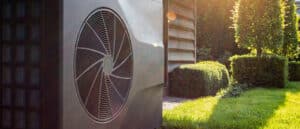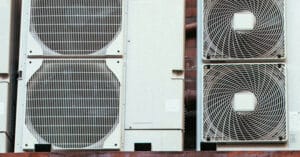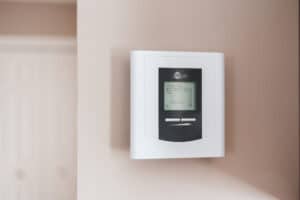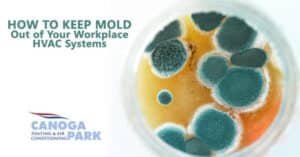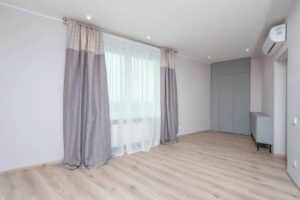
Business Owner’s Guide to Commercial HVAC Installation Cost
If your business is in the market for a new commercial HVAC system, you may have a hard time interpreting the installation quotes you receive from various contractors. There’s also a pretty good chance that you may not fully understand the available equipment options or installation requirements. Lack of knowledge in these areas can lead to unnecessary expenses and confusion. Fortunately, you can improve your understanding of commercial HVAC installation costs by following a few simple guidelines. Get a Thorough Cost Breakdown Contractors who specialize in commercial HVAC systems may use a number of different methods to quote your installation expenses. This means that services grouped together by one contractor may be listed as separate expenses by another contractor. You can eliminate any potential confusion by asking each firm you’re considering for the job to submit a complete cost breakdown that covers all aspects of the proposed installation from beginning to end. Familiarize Yourself With System Types and Manufacturers In addition to standard heating and cooling technology, the commercial HVAC market includes modern technologies such as chilled beam systems, VAV (variable air volume) systems and VRF (variable refrigerant flow) systems. In terms of cost versus long-term benefit, each of these


